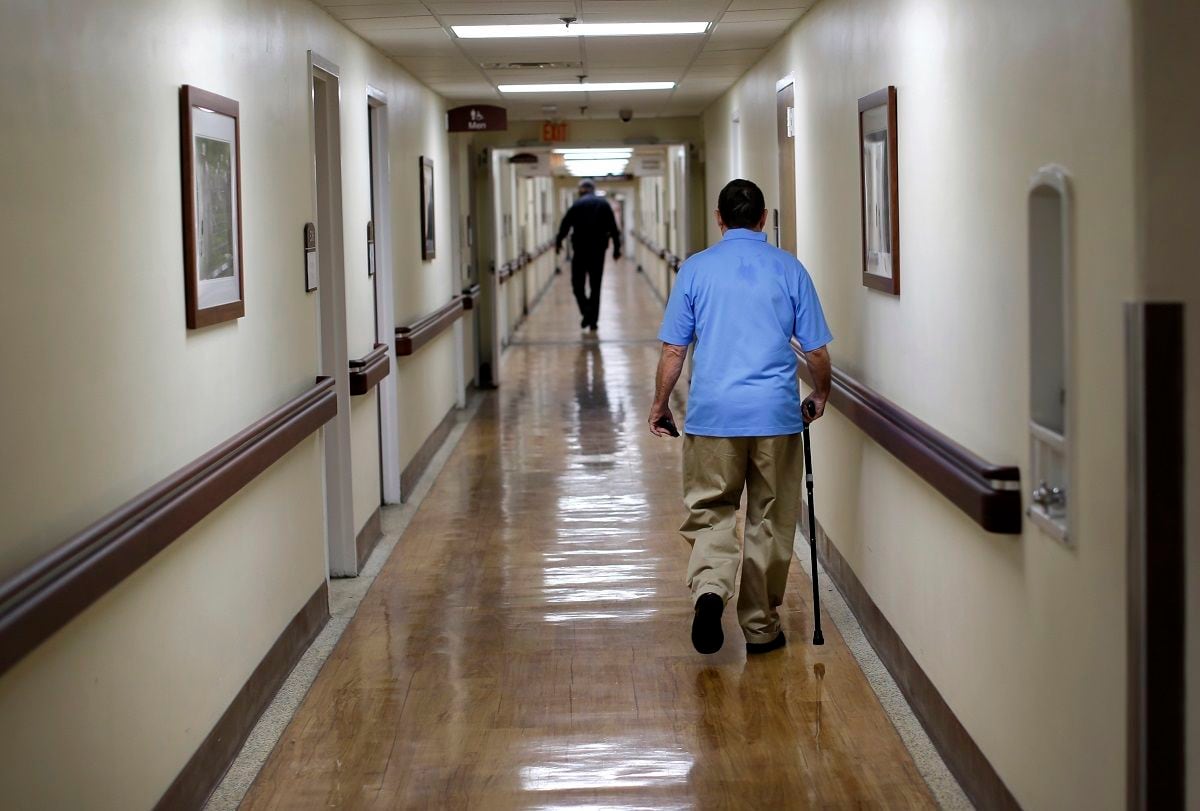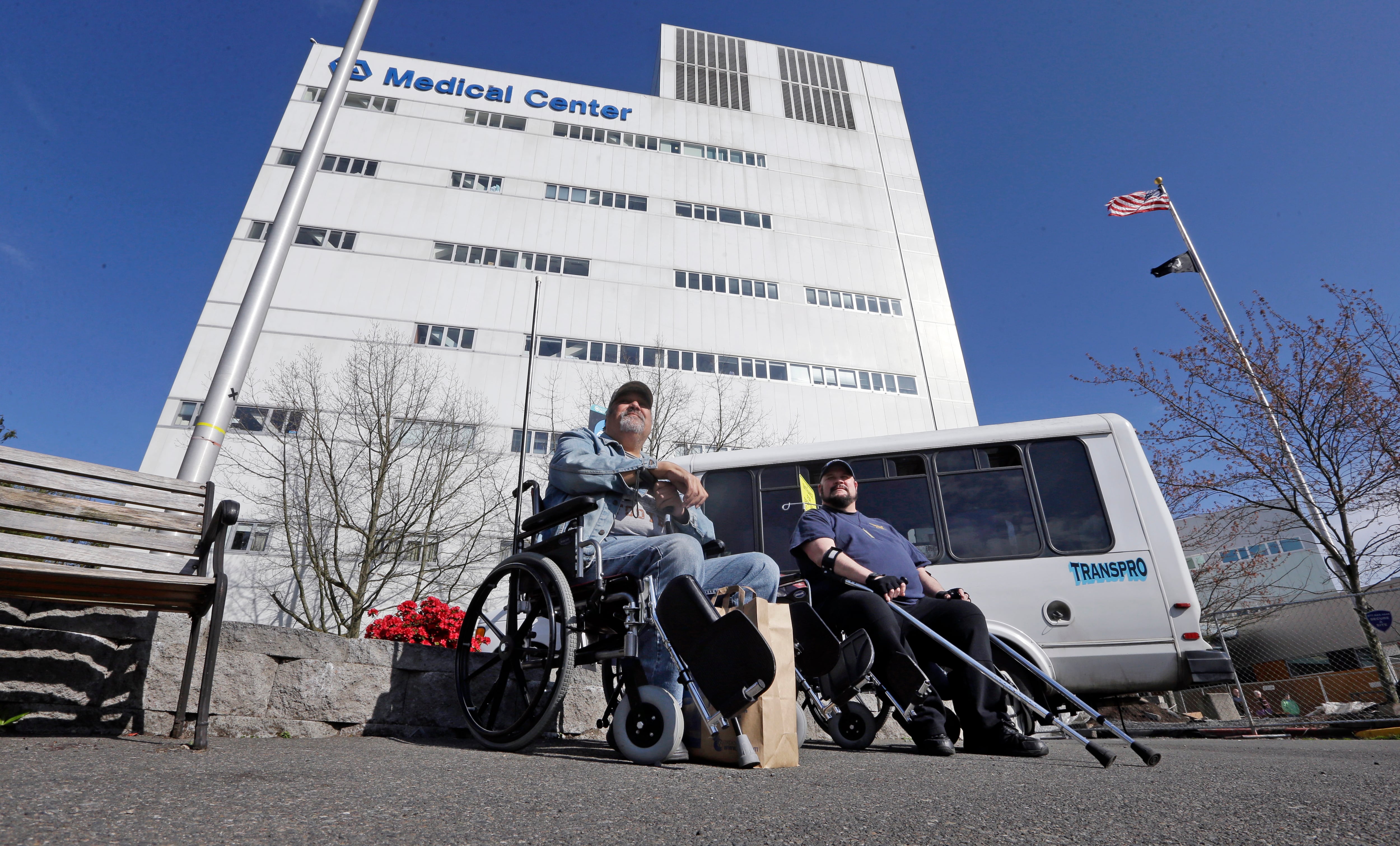Veterans living in the western United States may benefit significantly more from this summer’s new VA community care rules than their East Coast counterparts, according to a new map released by the American Enterprise Institute this week.
The project plots the location of more than 1,000 Department of Veterans Affairs medical centers and clinics and calculates a typical 30-minute drive from each. That’s one of several standards department officials will use to determine which veterans are eligible for taxpayer-funded health care outside the VA system, under expanded community care rules adopted by Congress last year.
VA officials have not given specifics on what areas of the country will be most affected by the changes, but have estimated the number of veterans eligible could jump from around 700,000 today to more than 2.7 million with the new rules.
RELATED

But the 30-minute drive time provision has raised alarm among critics of the plan, who say it would expand the number of veterans in the outside care program even further than those estimates and shift resources away from core department needs.
Rebecca Burgess, manager for AEI’s Program on American Citizenship and a research fellow with the think tank, said the new map shows reason for those concerns.
“The critics are probably right to worry about the cost,” she said. “When you look at these drive times on the map, it leaves a lot of space around the country.”
Much of the upper East Coast sits within a half-hour drive from VA medical facilities, which Burgess noted is a reminder of the age of many department buildings. Many of those centers were built in the early parts of the 20th century, before large population shifts to southern and western states.
The map shows large swaths of California, Texas, Arizona and Florida outside the 30-minute drive window, even in counties with some of the highest veterans populations in the country. More rural states like North Dakota, Nebraska and Kansas have only a small fraction of their land masses covered under the map projections.
AEI staffers compiled the map based on available VA data and open-source traffic pattern data. That’s a different tool than VA officials will use in their official eligibility standards, but Burgess said the think tank’s calculations for the first time give a clear idea of just how little of the country sits close to a department medical center.
RELATED

Along with the 30-minute-drive standard, veterans who face a 20-day wait for most care or whose local facility is rated poorly may also be eligible to receive care from a private-sector physician.
The new community care standards are set to launch on June 6. Several Democrats in Congress have raised objections but not introduced any formal barriers to the changes.
The full map and data explanation are available at AEI’s web site.
Leo covers Congress, Veterans Affairs and the White House for Military Times. He has covered Washington, D.C. since 2004, focusing on military personnel and veterans policies. His work has earned numerous honors, including a 2009 Polk award, a 2010 National Headliner Award, the IAVA Leadership in Journalism award and the VFW News Media award.





